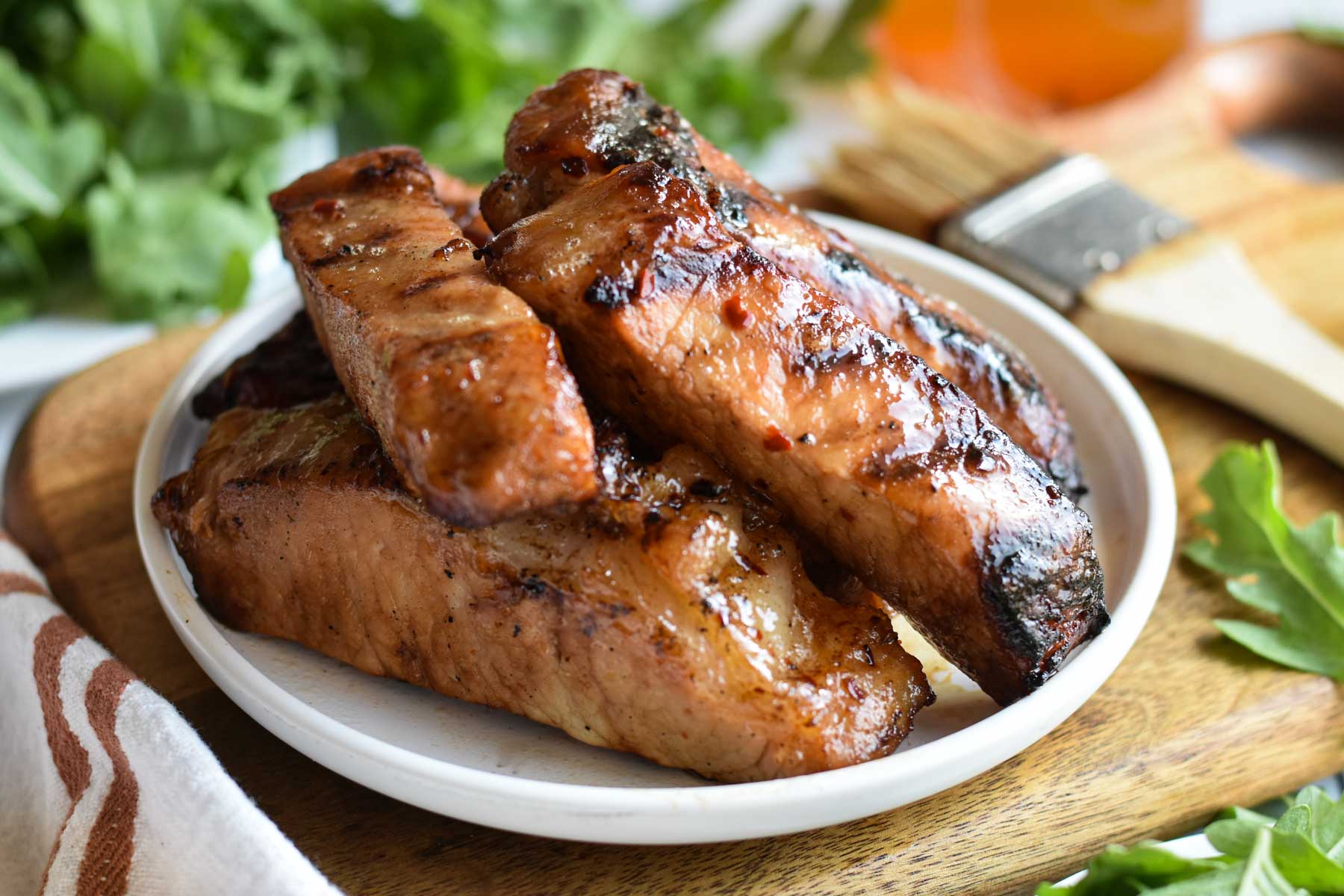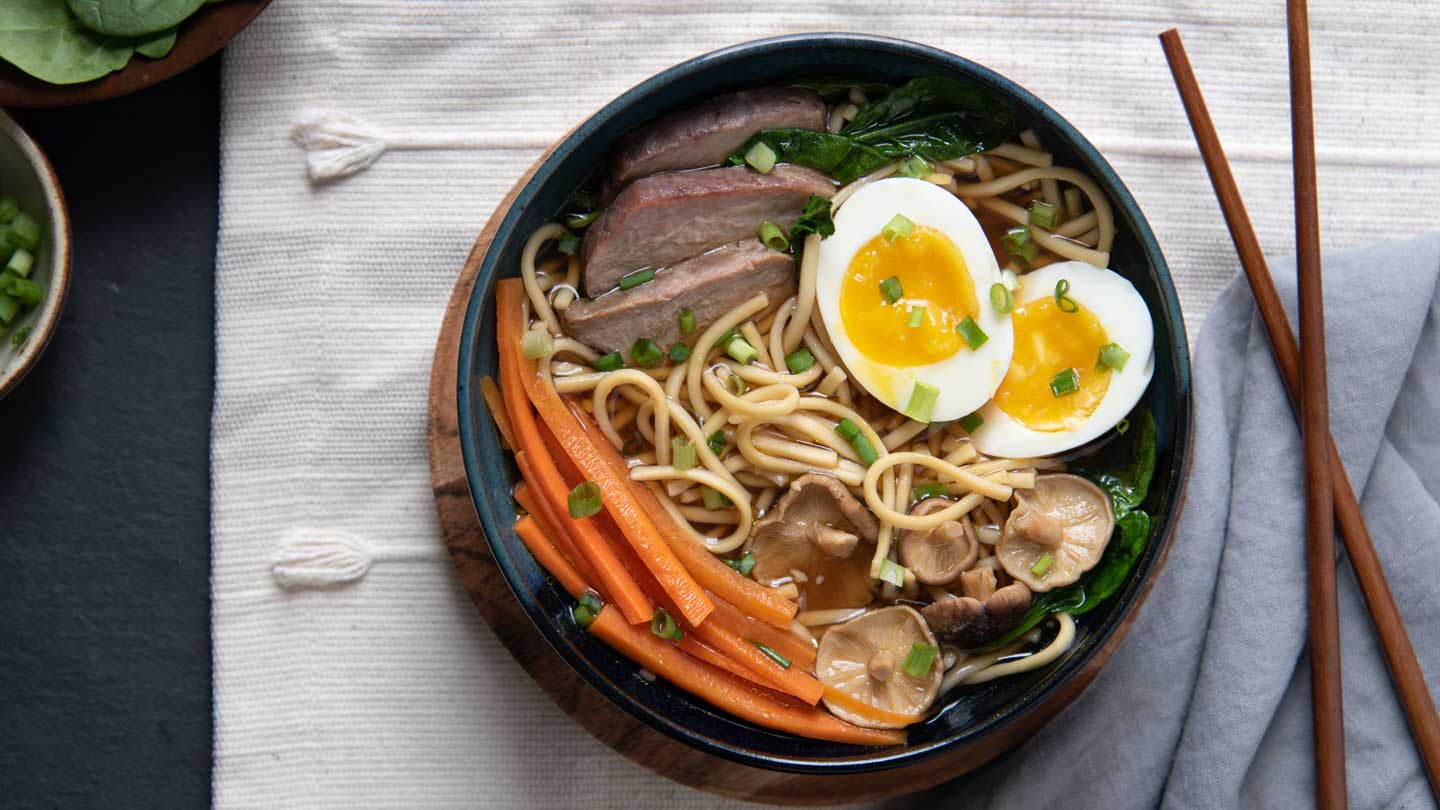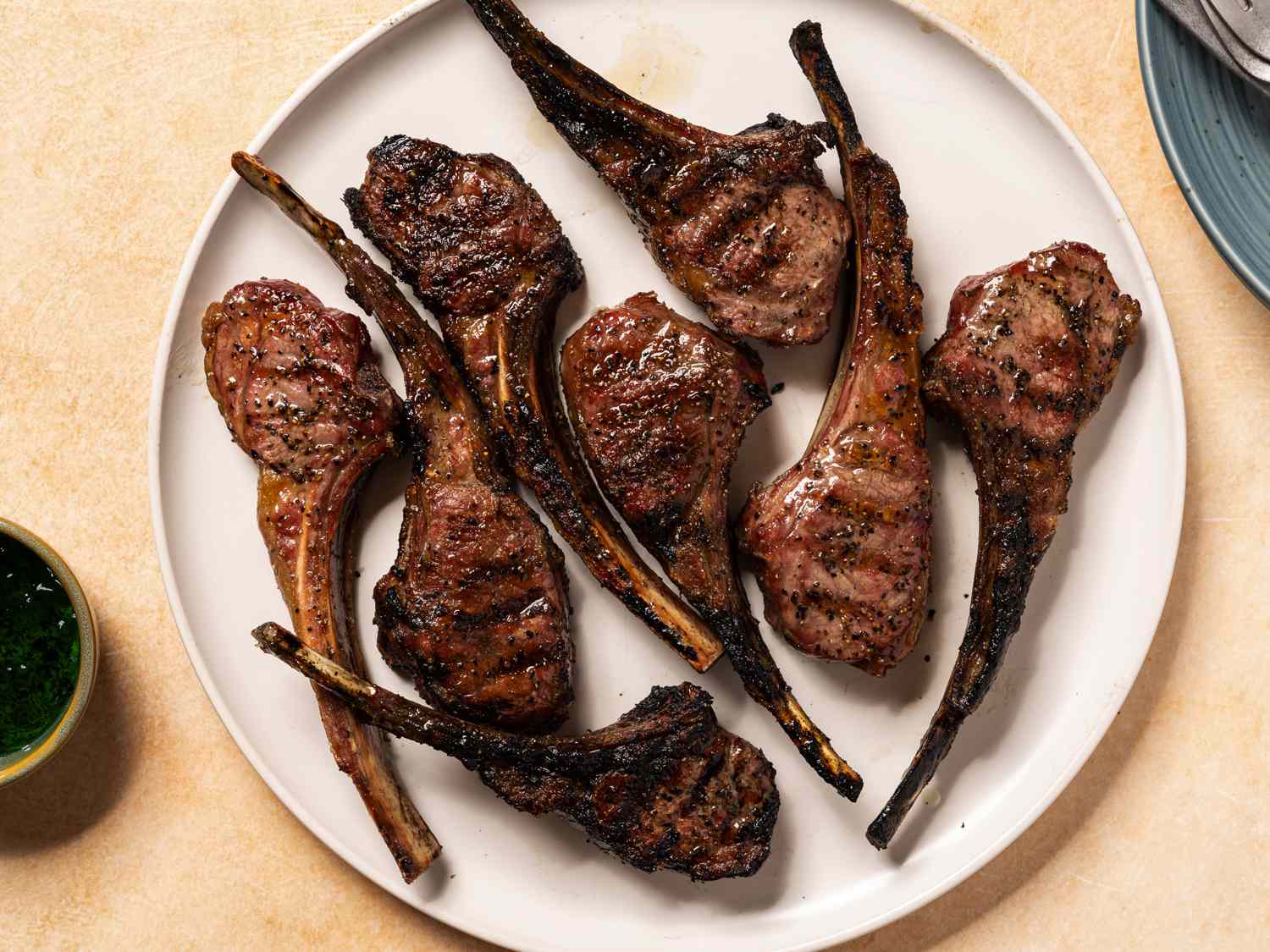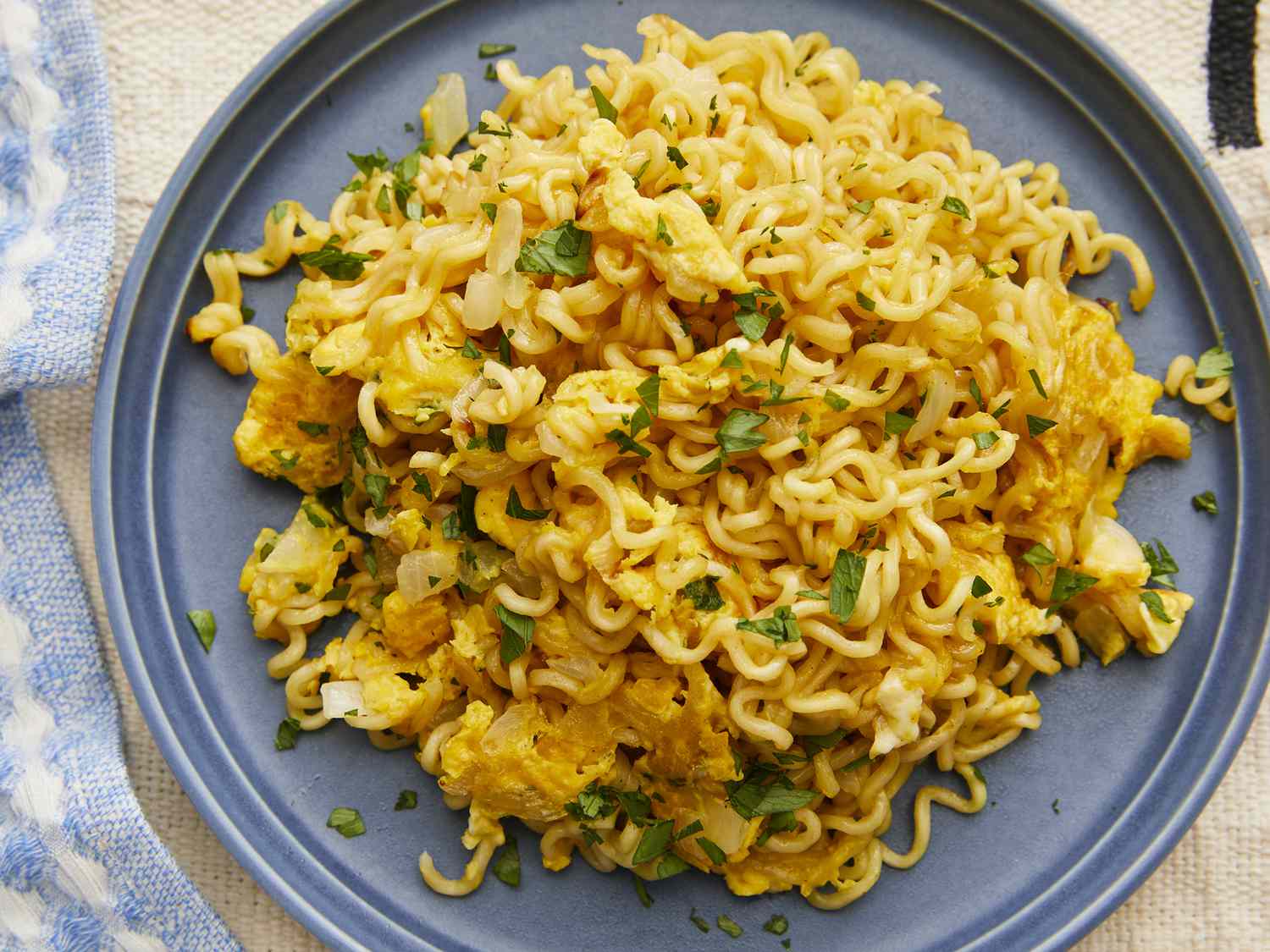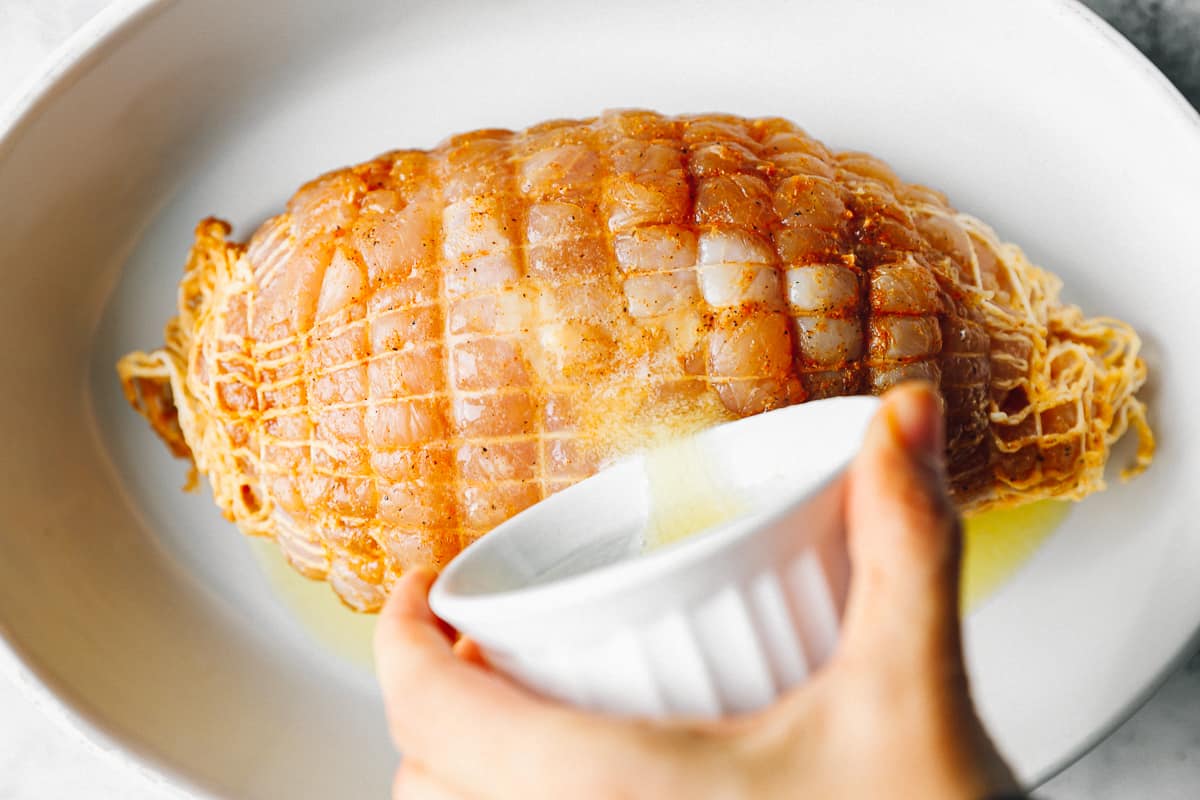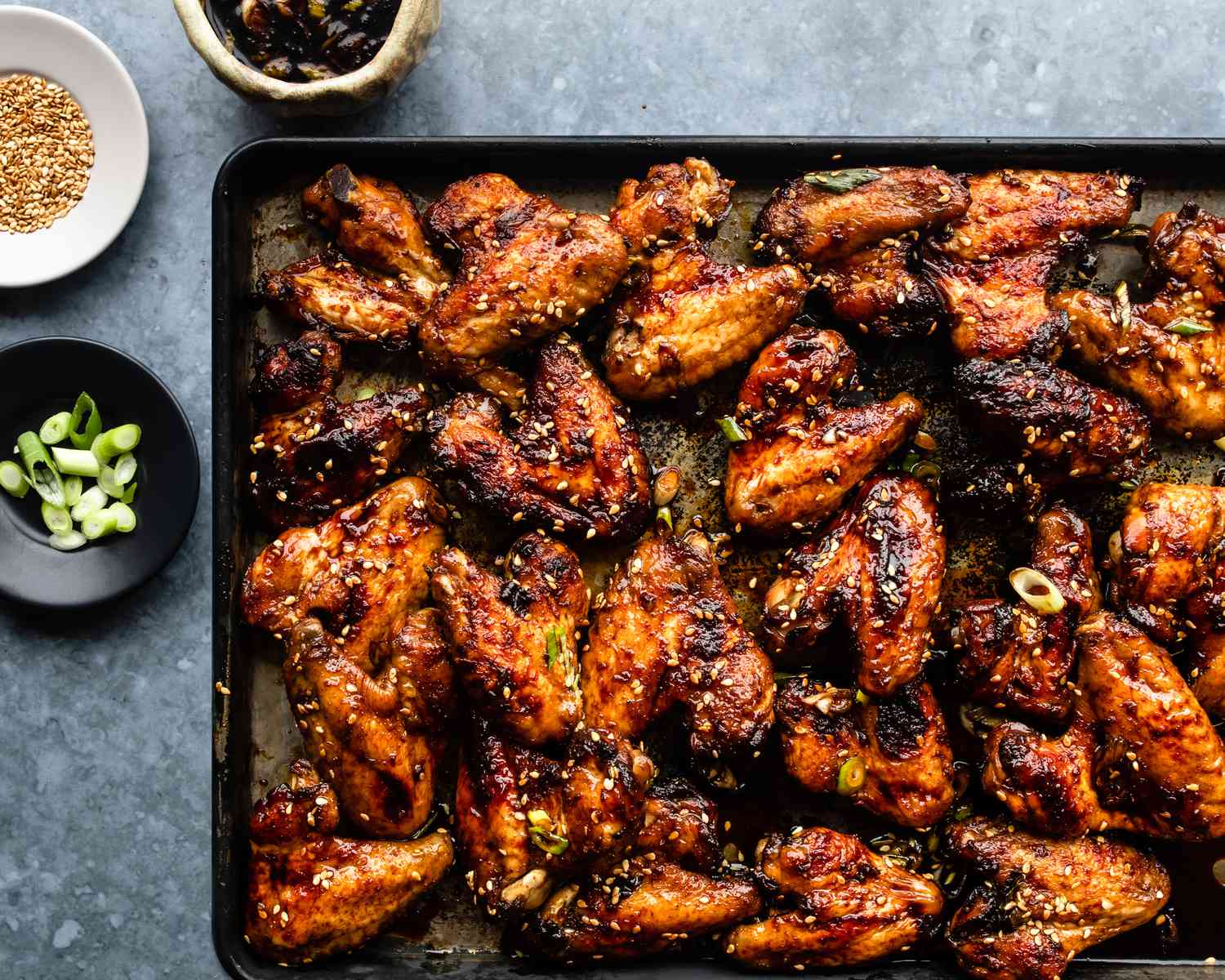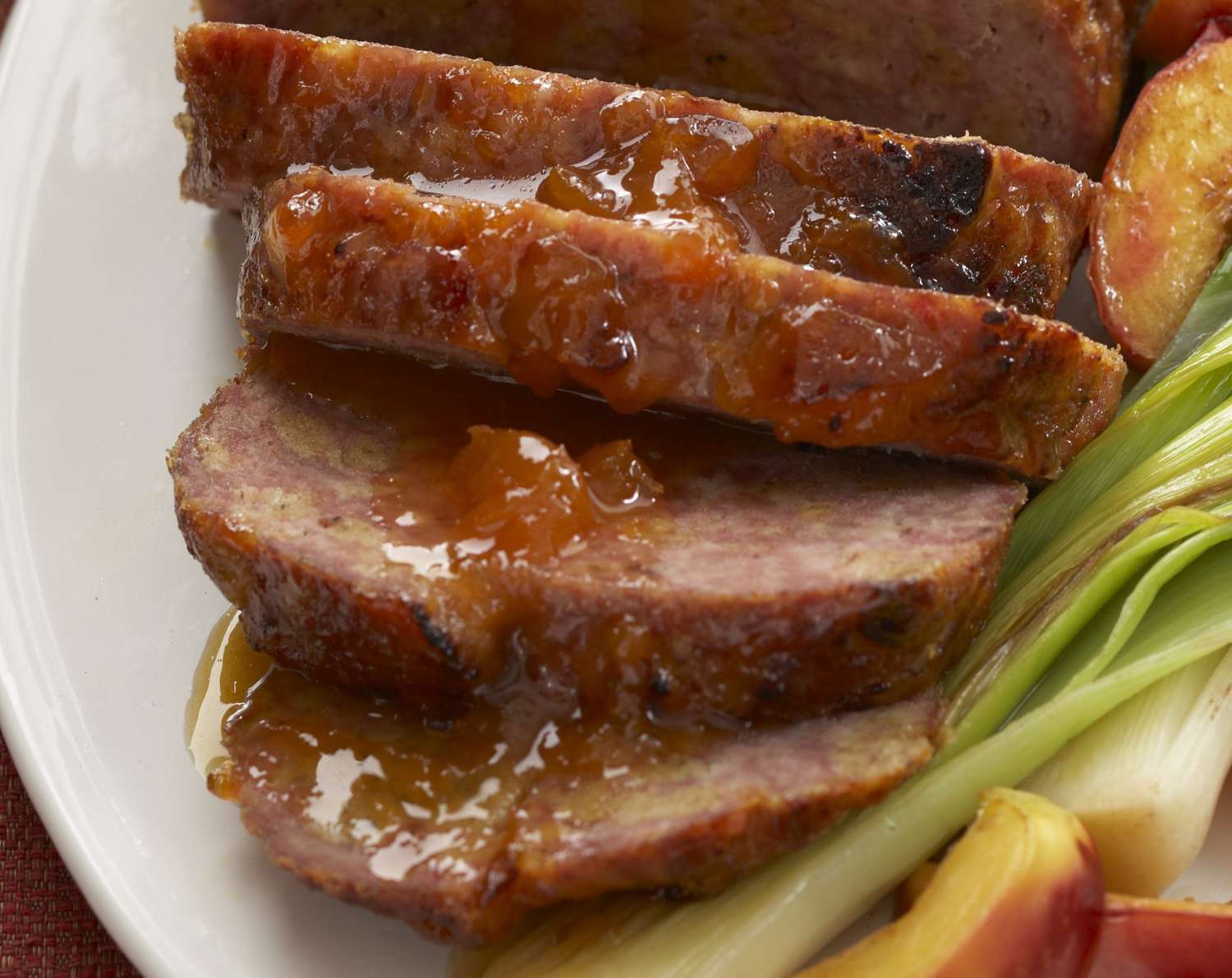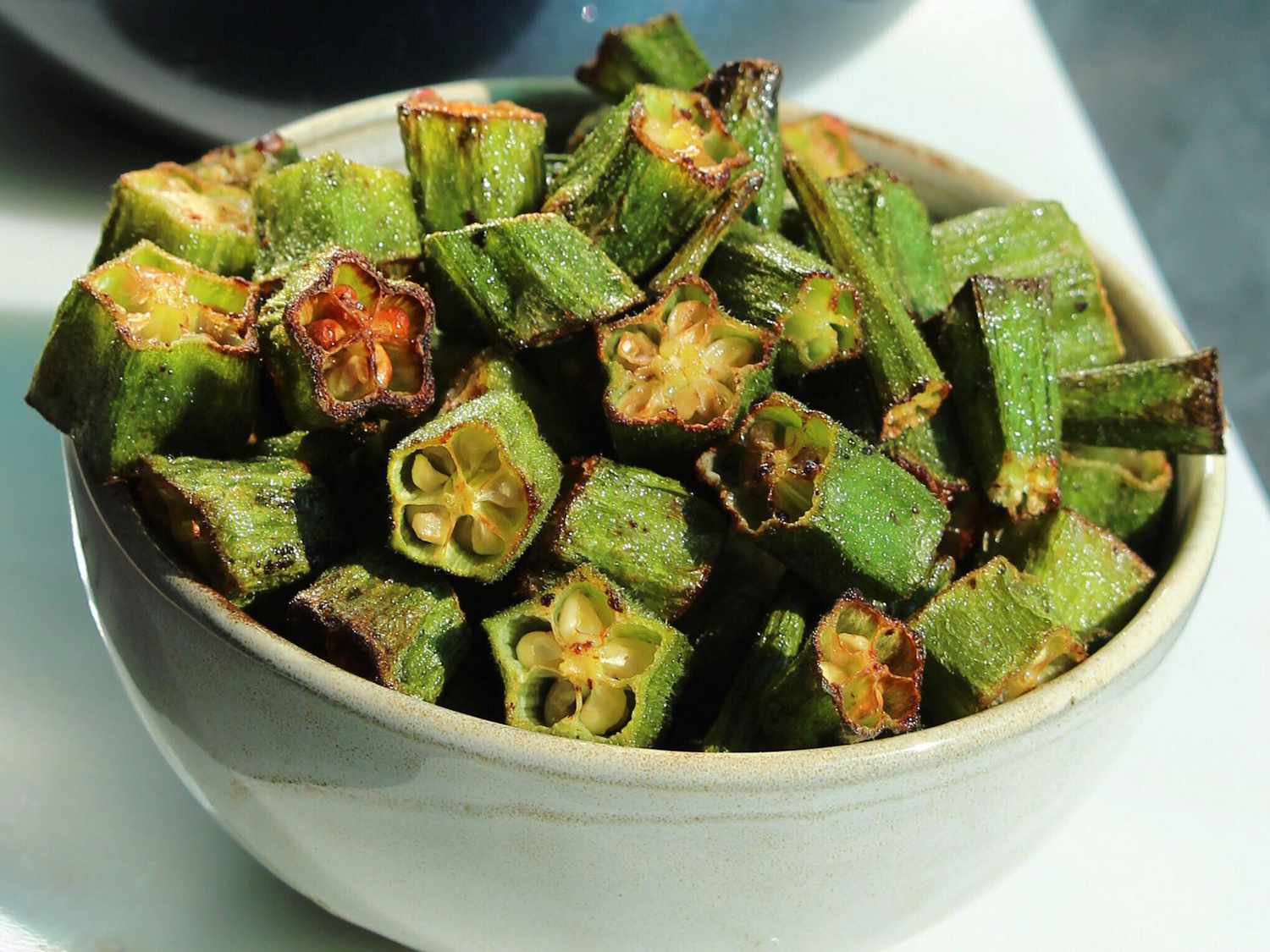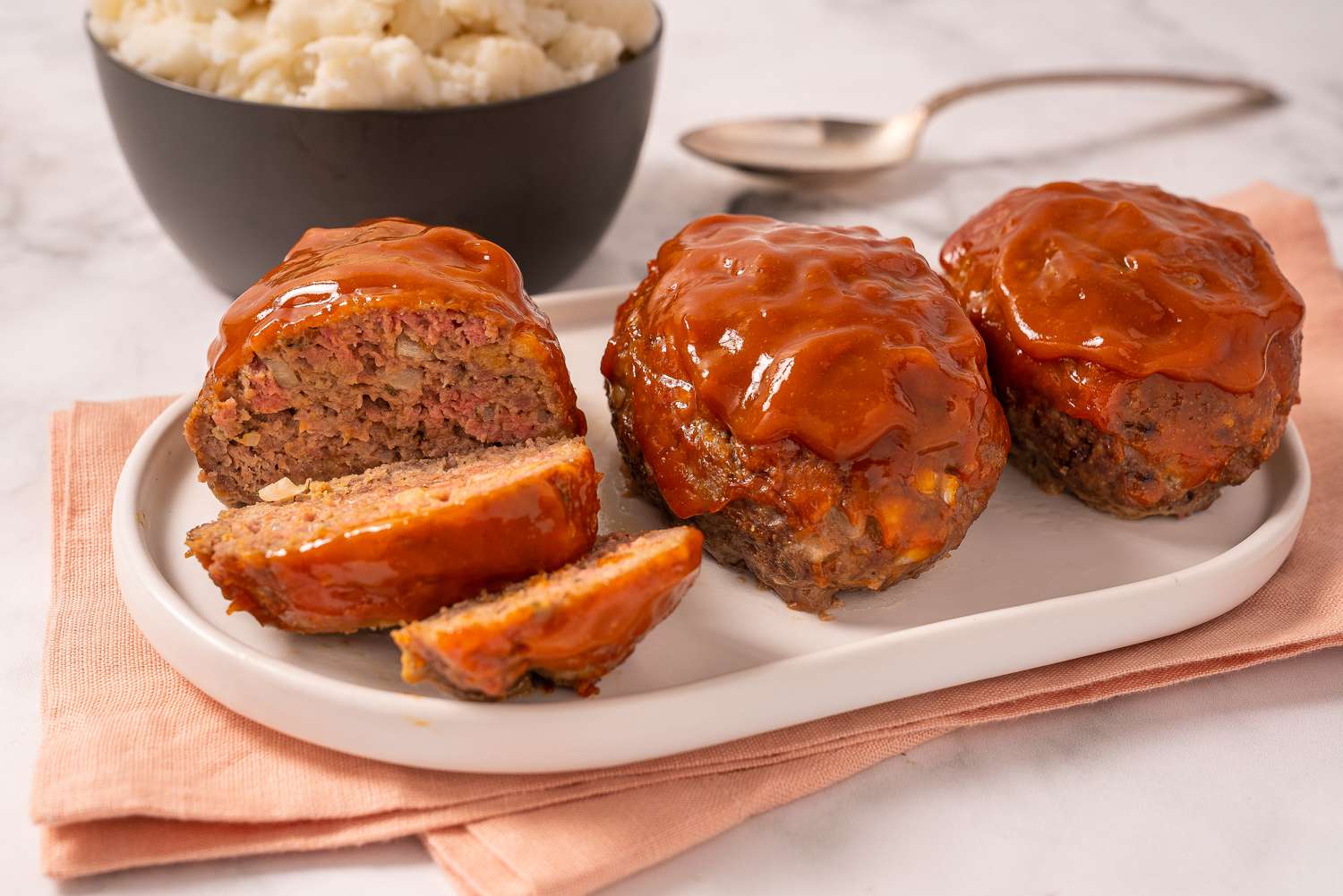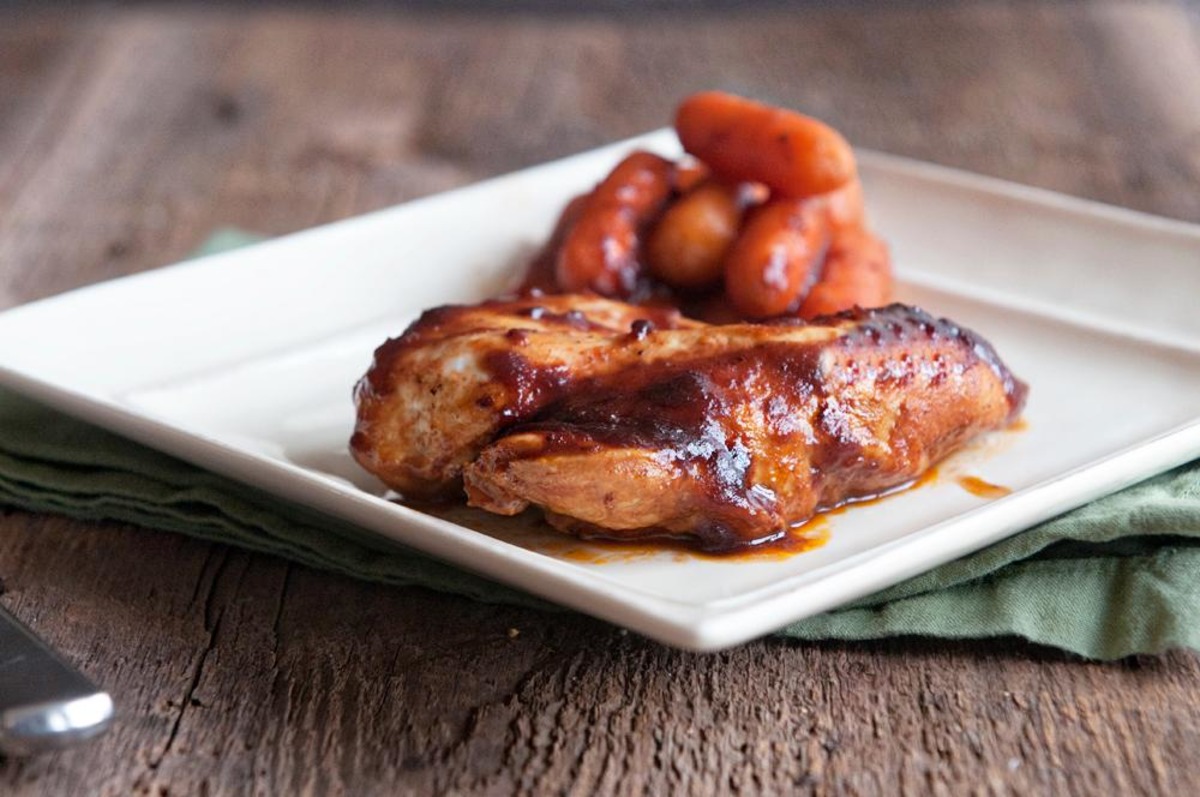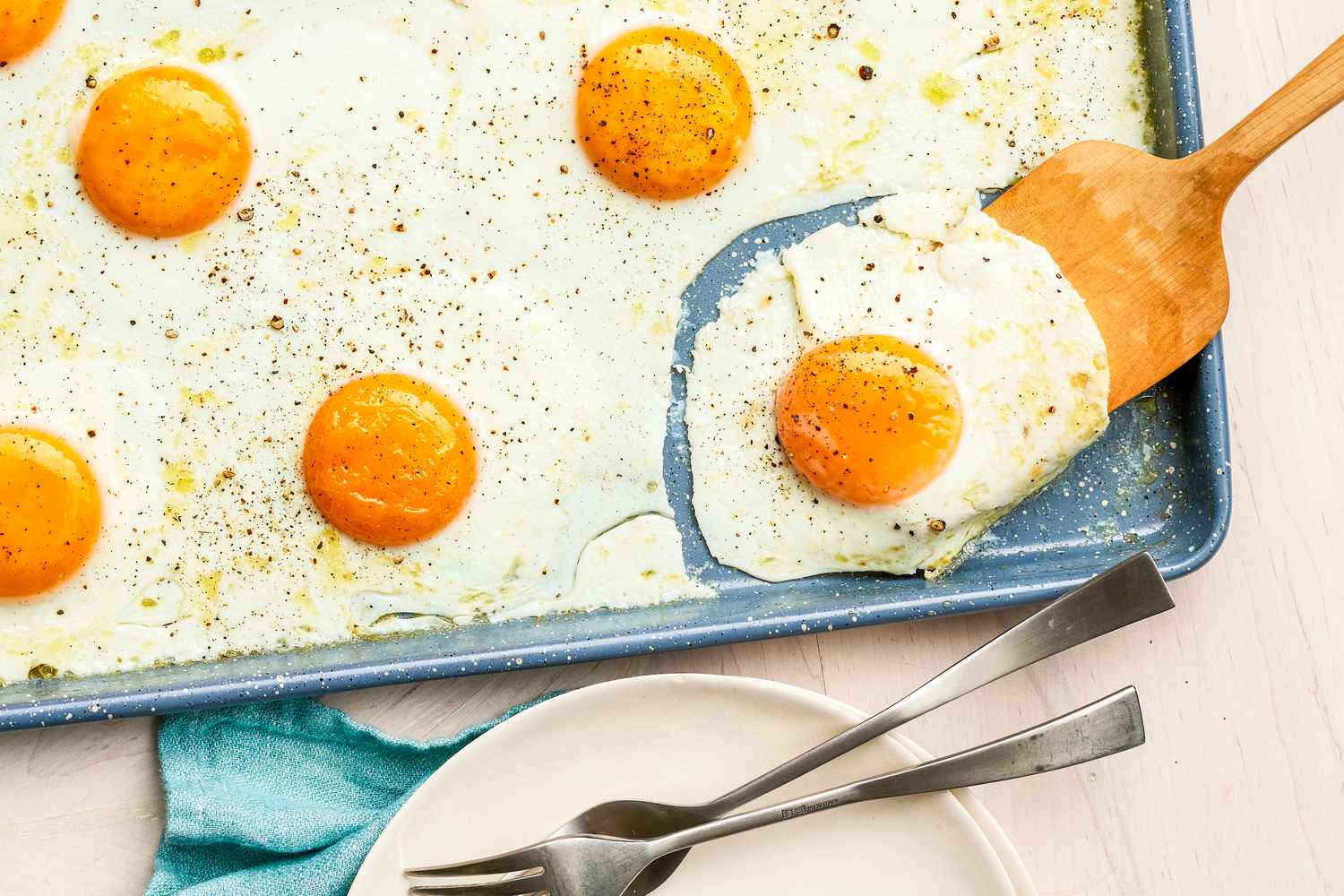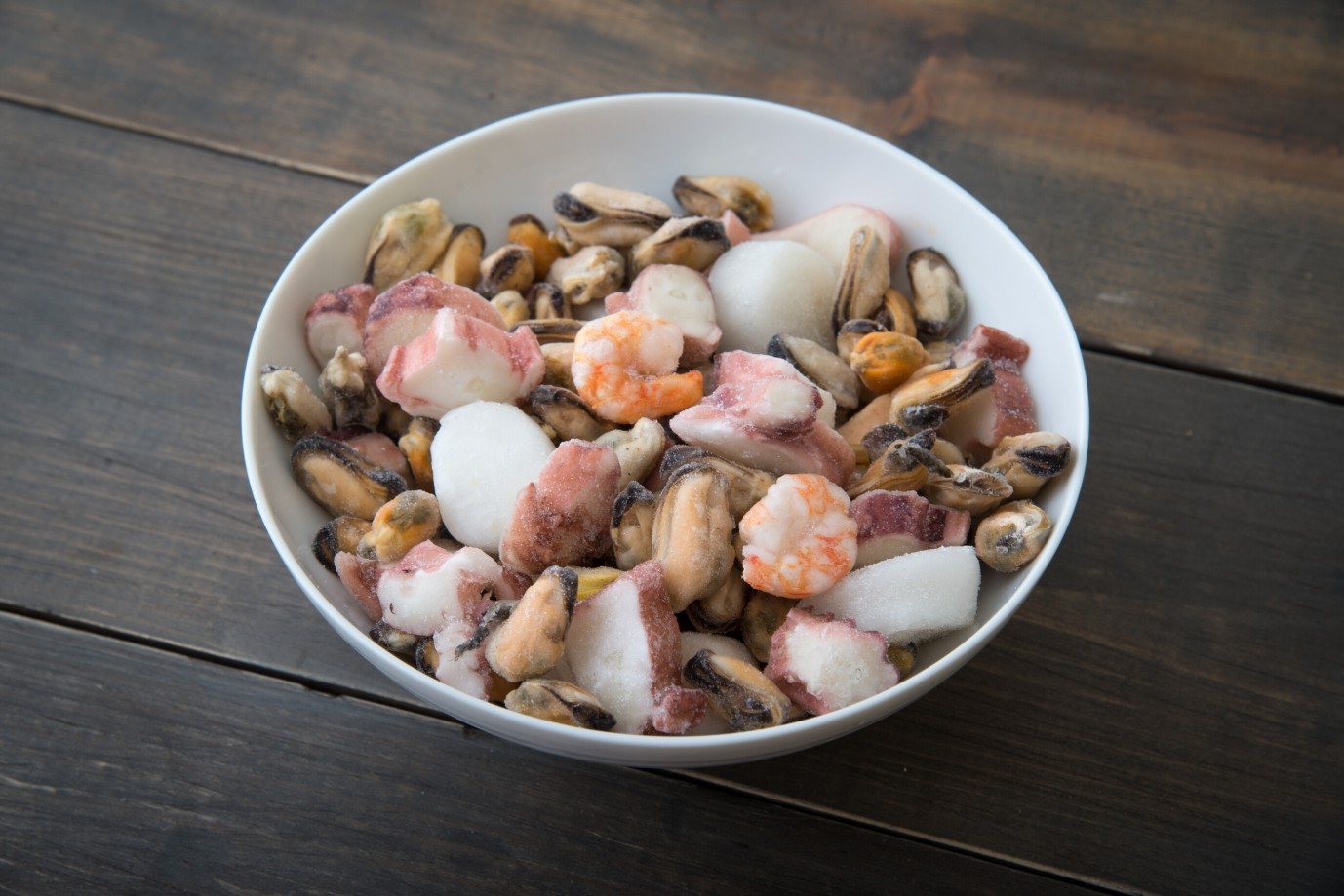How To Match Pasta Shapes To Sauces
There’s something truly magical about the marriage between pasta and sauce. The perfect combination can elevate a simple dish to extraordinary levels of deliciousness. But did you know that not all pasta shapes are created equal? Each shape has its own unique purpose, designed to hold and capture sauce in different ways. In this article, we’ll explore the art of matching pasta shapes to sauces, so you can create pasta perfection every time.
1. Spaghetti:
This classic, long and thin pasta is versatile and pairs well with a variety of sauces. From simple marinara to hearty meat sauces, spaghetti is a go-to choice. The long, slender strands are perfect for sauces that cling, like a comforting Bolognese or a tangy puttanesca.
2. Penne:
With its tubular shape and ridges, penne is excellent for trapping chunky sauces. The hollow center allows the sauce to collect inside, delivering bursts of flavor with every bite. Penne works well with creamy sauces, like Alfredo, as well as hearty tomato-based sauces with vegetables or meat.
3. Fettuccine:
Indulge your taste buds with fettuccine—a flat, wide pasta that pairs perfectly with rich and creamy sauces. Its broad surface area allows it to soak up luscious flavors. Whether it’s a classic Alfredo, a velvety carbonara, or a decadent seafood sauce, fettuccine is the ultimate comfort pasta.
4. Fusilli:
Looking for a pasta shape that will hold onto every drop of sauce? Look no further than fusilli. Its twisted spiral shape acts as a sauce magnet, ensuring that every bite is bursting with flavor. This versatile pasta shape works well with both simple pesto sauces and chunkier tomato-based sauces.
5. Rigatoni:
Rigatoni is a large, tubular pasta with ridges on the outer surface. The ridges provide an ideal textured surface for thick sauces to cling on to. From hearty meat sauces to robust vegetable-based sauces, rigatoni is the perfect choice when you want a pasta that can stand up to bold flavors.
6. Linguine:
Similar to spaghetti but slightly wider, linguine is a great choice for seafood-based sauces. Its flat shape beautifully coats the delicate seafood, allowing the flavors to shine. Whether it’s a buttery garlic and clam sauce or a fragrant shrimp scampi, linguine will enhance your seafood pasta dishes.
7. Farfalle:
If you want to add a touch of whimsy to your pasta dishes, look no further than farfalle. Also known as bowtie pasta, its unique shape and ridged surface make it perfect for catching and holding onto creamy sauces. Try it with a luscious tomato cream sauce or a light, herbed butter sauce.
8. Orzo:
Although technically not a pasta shape, orzo is often used in pasta dishes and deserves a mention. Its small, rice-like shape works exceptionally well in soups and salads. You can toss it with olive oil and lemon for a refreshing summer salad or cook it in broth for a comforting bowl of soup.
Remember, these are just a few examples of pasta shapes and their ideal sauce pairings. Let your creativity guide you in experimenting with different combinations. The key is to match the texture and shape of the pasta to the consistency and flavor of the sauce. So go ahead, explore the world of pasta shapes, and create your own culinary masterpieces!
Was this page helpful?
Read Next: Top 10 Foods To Cook When Camping
